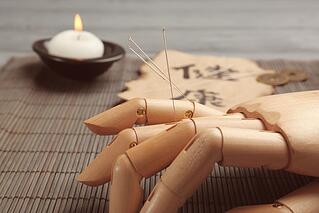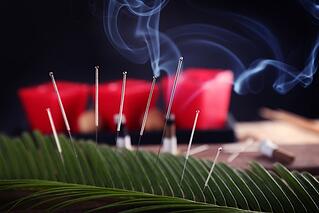Menu
- SITCM Overview
- Prospective Students
- Current Students
- Alumni
- Teaching Clinic
The origins of traditional Chinese medicine (TCM) exists before the advent of written language. Chinese written language was dated to 1766 BC, and medical practices are alluded to in the first written documents, over 2,000 years ago.
Chinese medicine consists of three most commonly used practice areas:
Channels and Points:
The believes are that acupuncture points were discovered back in the stone age. The key to the idea of channels and points is that injury or sickness affecting one part of the body manifests itself in other, seemingly unrelated parts of the body. The codification and development of TCM were elaborated during a long history of empirical observation. It was early science.

Ways of practices of acupuncture are observed everywhere in the Far East, not exclusively in China. The long-term systematic observation of ancient people was that individual body points could have been connected to different symptoms, where the symptoms, the pain or discomfort, was often located a distance in the body from the treatment point.

The martial arts practice of slow soft (yin or feminine) movements and hard, rigid (yang or masculine) motions represent a balance of psychological forces. It is a form of meditation long associated with physical and psychological wellness. The real origins of Tai Chi are obscure. Legend traces it to a Taoist priest named Zang Shenfeng in the 15th century.
The Chinese pharmaceutical system has also evolved empirically, by observation, over thousands of years. The Yellow Emperor’s Inner Canon, written more than 2,000 years ago was the first widely influential textbook. It described the Chinese view of the nature of the body, describing Yin and Yang forces, the five phases of nature (wood, fire, earth, metal, and water) and described the Qi.
– The Treatise on Cold Injuries, written at the end of the Han Dynasty (about 200 BC) is the first known Chinese book on herbal and medicine.
– The Bencao Gengmu is the most important traditional work on herbs and pharmaceutical. It was written in the 1500s by a physician named Li Shizhen. The work has a decidedly scientific quality, correcting the inaccuracies of older works and listing the medical benefits of hundreds of kinds of herbs and animal parts.
The use of TCM herbal remedies in the West is considered supplementary treatment. Unfortunately, many TCM remedies are sold in impure forms and often cause serious medical complications. The herbal remedies can also be really powerful medical agents that interact in potentially dangerous ways with western medicines.
The Sydney Institute of Traditional Chinese Medicine (SITCM) has been producing industry-ready practitioners in Traditional Chinese Medicine in Australia since 1984. SITCM was established to promote the growth and development of Traditional Chinese Medicine (TCM) within our community and the health profession, by providing accredited courses of the highest academic standards. Please contact us to learn more.
To book an appointment with the SITCM Teaching Clinic complete your details below.